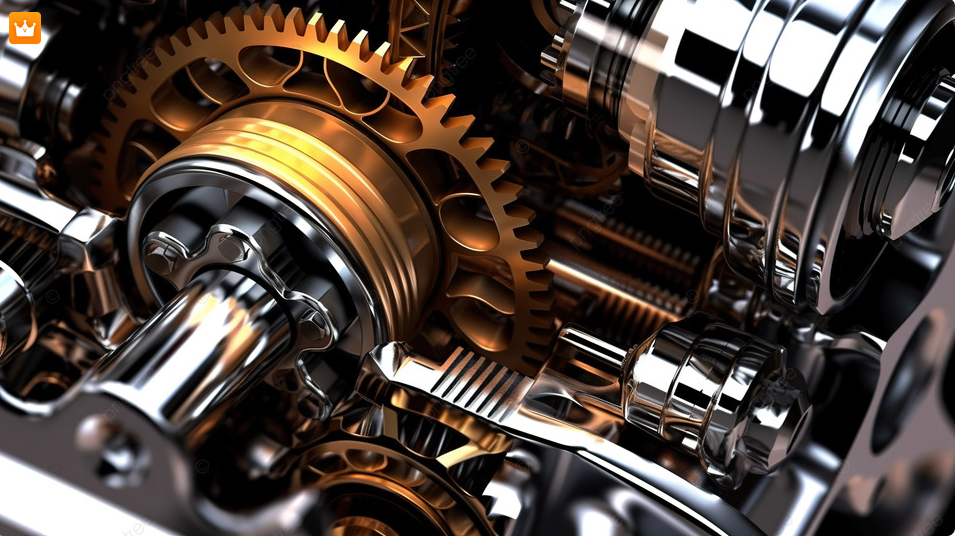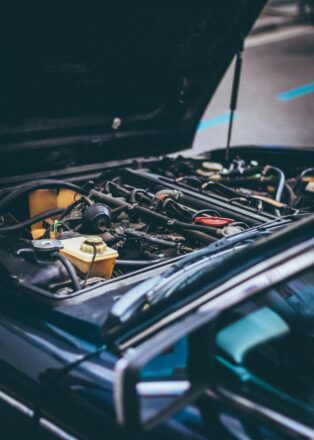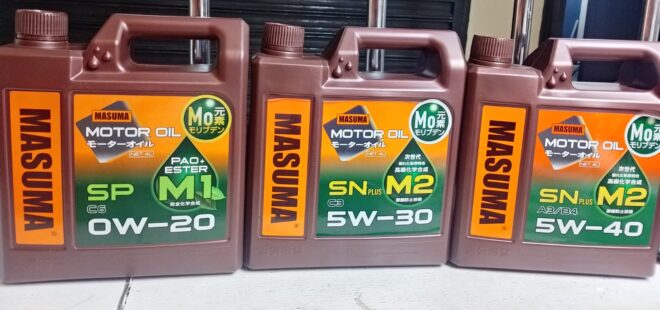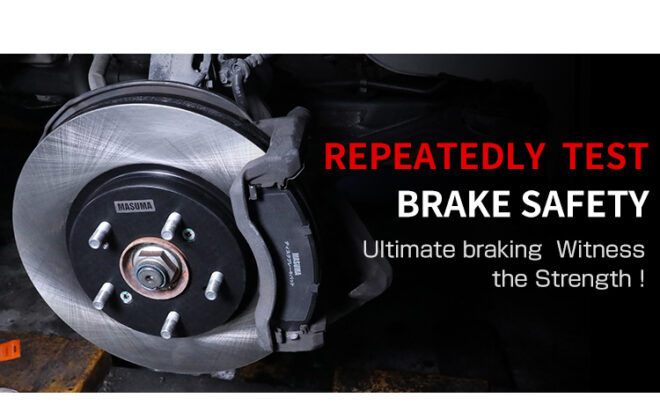The gearbox, or transmission, is a critical component in your vehicle that ensures smooth power delivery from the engine to the wheels. However, just like any mechanical system, gearboxes are prone to failure over time. Whether it’s a manual, automatic (ATF), or continuously variable transmission (CVT), understanding how your gearbox works, diagnosing issues, and following a logical repair process can save you time and money before considering a replacement—especially with the growing trend of purchasing ex-Japan gearboxes.
Common Gearbox Failures and Their Causes
Gearbox failures can be caused by a range of issues, including poor maintenance, wear and tear, or even improper driving habits. Identifying the early signs of gearbox failure can prevent small problems from escalating into expensive repairs.
Signs of Gearbox Failure:
- Slipping Gears: The gearbox may unexpectedly change gears or fail to stay in gear.
- Delayed or Hard Shifting: You may notice a delay when shifting or difficulty engaging gears.
- Unusual Noises: Grinding or whining noises could indicate worn-out gears or bearings.
- Fluid Leaks: Leaking gearbox fluid can reduce lubrication, causing overheating and wear.
- Warning Lights: Many modern vehicles will alert you to transmission issues through dashboard lights.
Causes of Gearbox Failure:
- Low Fluid Levels: Insufficient transmission fluid can lead to overheating, friction, and eventual gearbox failure.
- Contaminated Fluid: Old or dirty transmission fluid can clog filters, affect fluid pressure, and cause internal damage.
- Worn Components: Over time, gears, bearings, and seals can wear out, leading to improper shifting and gear slippage.
- Driver Habits: Overloading the car, frequent hard acceleration, or aggressive shifting can stress the gearbox.
The Repair Process: Addressing Gearbox Issues Early
Before you consider replacing your gearbox with an ex-Japan part, it’s crucial to follow a logical diagnostic and repair process to determine whether the issue can be fixed. Many gearbox failures are repairable, and addressing the problem early can save you from more costly fixes down the line.
Step 1: Diagnose the Issue
A computerized diagnostic scan is essential for identifying the root cause of gearbox failure. This tool connects to the vehicle’s onboard computer and analyzes sensor data, fluid pressure, and error codes to pinpoint the problem. This helps avoid unnecessary repairs and ensures a more accurate approach.
Expert Insight: The Society of Automotive Engineers (SAE) emphasizes that using diagnostic tools helps technicians identify problems like faulty sensors or solenoids, preventing misdiagnosis.
Step 2: Perform Necessary Repairs
Once the issue is identified, proceed with repairs before opting for a replacement. Common gearbox repairs include:
- Replacing worn seals: If the gearbox is leaking fluid, replacing seals can restore its functionality.
- Changing Transmission Fluid: Old, degraded fluid can cause damage to internal components. Flushing and replacing it can improve performance.
- Replacing the Torque Converter: If the torque converter is damaged, it can cause slipping or poor acceleration. Replacing it can restore normal functioning.
- Repairing Gears and Bearings: In some cases, damaged gears or bearings can be replaced, avoiding the need for a complete gearbox overhaul.
Key Tip: Repairing a gearbox is often more cost-effective than replacing it. The American Transmission Rebuilders Association (ATRA) stresses that minor issues like fluid leaks, slipping gears, or delayed shifts can often be addressed with repairs.
When to Consider an Ex-Japan Gearbox Replacement
If a gearbox is beyond repair or the cost of repairing it exceeds the cost of replacement, purchasing an ex-Japan gearbox may be the most practical solution. Ex-Japan gearboxes are popular for their affordability and the perceived reliability of Japanese vehicles, but there are important factors to consider before making a purchase.
Why Choose an Ex-Japan Gearbox?
- Cost-Effective: Ex-Japan gearboxes can be significantly cheaper than new ones, sometimes a fraction of the price of a brand-new unit.
- Good Maintenance History: Japanese vehicles are known for regular maintenance, so ex-Japan parts often have fewer miles compared to similar parts from other regions.
- Availability: In regions where Japanese vehicles are common, ex-Japan gearboxes are readily available and can be a good alternative for owners on a budget.
Caution When Purchasing Ex-Japan Gearboxes
Before purchasing an ex-Japan gearbox, take these precautions:
- Inspect the Gearbox Thoroughly: Not all ex-Japan gearboxes are in excellent condition. Some may have excessive wear from heavy use. Ensure the gearbox has been properly inspected by a professional technician.
- Check Compatibility: The gearbox must match your vehicle’s specifications exactly. Using an incompatible gearbox can lead to poor performance and additional repairs.
- Ensure Warranty and Return Policy: Always buy from a reputable dealer that offers a warranty or return policy. This provides protection in case the gearbox fails after installation.
- Consider the Mileage: Ex-Japan gearboxes may have high mileage, which could affect their lifespan. Check the mileage and condition to ensure you’re getting good value for your money.
Expert Opinion: The Japan Automobile Manufacturers Association (JAMA) recommends inspecting all second-hand Japanese parts for wear and compatibility before purchase to avoid future issues.
Oil and Fluid Care: Essential for Gearbox Longevity
Whether you’re repairing your existing gearbox or installing a replacement, using the correct type of fluid and changing it at the manufacturer’s recommended intervals is essential to prolong the gearbox’s life.
Fluid Maintenance Based on Transmission Type:
- Manual Transmission Fluid (MTF): Typically changed every 30,000 to 60,000 miles (48,000 to 96,000 km). Always use the manufacturer-recommended oil.
- Automatic Transmission Fluid (ATF): Change every 30,000 to 60,000 miles (48,000 to 96,000 km), depending on the vehicle model and manufacturer.
- CVT Fluid: For CVTs, change the fluid every 30,000 to 50,000 miles (48,000 to 80,000 km) to maintain smooth performance.
Important Tip: Always follow your vehicle’s manual for the correct fluid type and replacement intervals. According to Honda and Toyota, sticking to the fluid change schedule is essential to preventing internal gearbox damage.
Conclusion: Repair First, Replace Last
Addressing gearbox issues through early diagnosis and repair is the most cost-effective way to maintain your vehicle. Only when repairs are unfeasible or excessively expensive should you consider purchasing an ex-Japan gearbox. However, when choosing a replacement, make sure you follow the appropriate steps to ensure the gearbox is compatible, in good condition, and comes from a reputable source.
By keeping your gearbox well-maintained, using the correct fluid, and following the manufacturer’s service recommendations, you’ll avoid costly failures and keep your vehicle running smoothly for years to come.
Remember: early intervention, proper diagnosis, and repair can save you money in the long run, and a careful approach to purchasing ex-Japan gearboxes can help you avoid future issues. Always prioritize repair over replacement, and if a replacement is necessary, make sure to do your due diligence before purchasing an ex-Japan gearbox.




